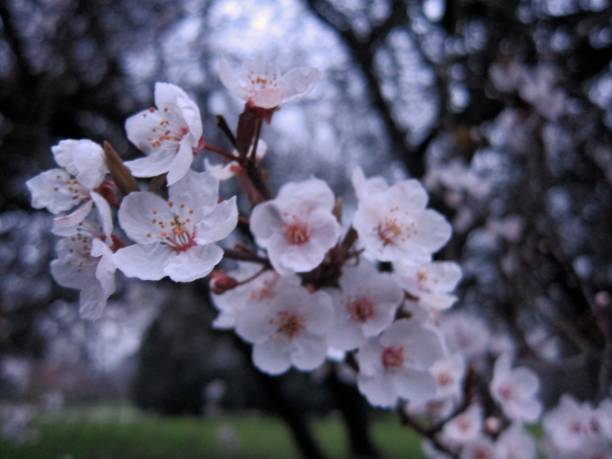This winter has brought an unexpected twist to the season, with warmth and clear skies dominating the late months, prompting the use of shorts and T-shirts even for morning dog walks.
While these unseasonal days are undeniably pleasant, they also bring a touch of disquiet as they serve as a reminder of broader environmental concerns.
Spring, typically associated with renewal and fresh beginnings, seems to have arrived prematurely this year. The early appearance of springtime indicators—such as wattle and cherry blossoms in July, and magnolia buds now carpeting lawns—reflects a broader shift in seasonal patterns.
This shift is particularly evident in eastern Australia, where the onset of barbecue season has crept in well before its traditional start, replacing the winter chill with the warmth of outdoor dining.

Twenty years ago, booking a ski holiday in the Australian Alps for September was a safe bet. Today, such plans are fraught with uncertainty as climate patterns become increasingly unpredictable.
Similarly, the transition from winter to spring once came with the certainty of gradual warming and seasonal change. Now, it feels more abrupt, with recent weather swings highlighting the stark contrasts between late winter and premature spring.
This year, even the evening ambiance has shifted, as Sydney suburbia buzzes with the sounds and smells of spring rather than the expected winter quiet. The flowers are blooming earlier, and the crisp air of winter seems a distant memory.
However, the beauty of these early spring days carries an unsettling undercurrent. Rising global temperatures, which have increased Australia’s average by 1.5°C since 1910, suggest that these changes are symptomatic of a larger climate crisis.
The UN Secretary General’s recent call to address climate change underscores the urgency of this situation. The contrast between the vibrant beauty of the season and the looming threat of climate change is a poignant reminder of the challenges we face.

